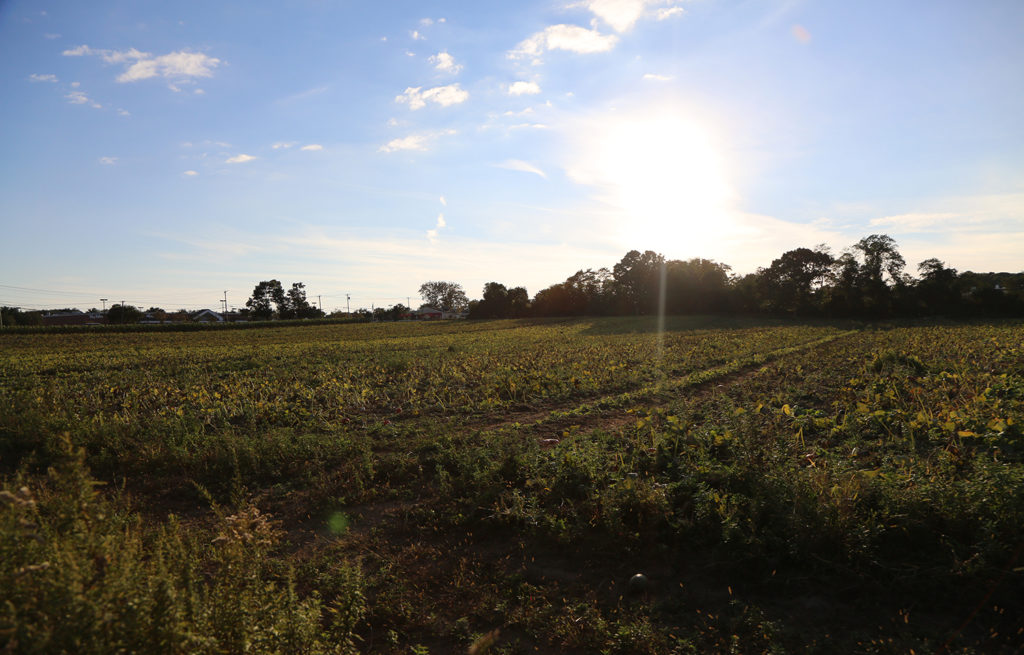


Last week’s Greenport Village Board work session on the issue of affordable housing in the small municipality saw members engage in a critical and much-needed discussion about a very real problem that many across the North Fork feel can’t be solved in any meaningful, large-scale way.
Village trustees tossed around ideas, made important points and overall got very “real” about the challenges of creating affordable housing in a tourist-centered micro-economy that’s dependent on service workers for its restaurants, motels, hotels and small businesses.
Board members’ ideas were specific to the village; however, the issues they raised apply across the North Fork and the entire East End. At the heart of the discussion is a simple, yet deeply vexing question: What, exactly,is “affordable” housing and who should it be for?
We were struck by something Village Board member Julia Robins said on that very point.
“I … really have come to realize that the language that we’re using is wrong. I don’t think ‘affordable housing’ is an appropriate term for what we really need here,” she said. “What we need is housing security. People need to know that they are going to have a place to live, and they’re not going to be displaced by the whim or the decision of somebody who’s going to sell the house and move on.”
The trustees discussed a variety of possible approaches to the crisis — from allowing accessory dwelling units alongside existing homes, to creating apartments inside single-family houses, to the village building its own units on village-owned open space. To many residents, that last item may be a bridge too far.
After saying that it would take the “entirety of the North Fork to find ways to create rental housing that is affordable,” Greenport Mayor Kevin Stuessi went on to suggest possible sites the village could consider to build affordable housing on its own.
“The village has close to 15 acres that I think we ought to be taking a look at — which is both the [McCann’s] campground and the Clark’s Beach parcel,” he said. “I think we should commission a study [and] take a look at the potential options for both of them, because I think we’d be able to find a way to get close to probably 80 units between the two.”
Across the North Fork, efforts to preserve farmland and open space have been a driving force for decades. Giving up on preservation would do far more harm than any good it might provide. Still, the mayor was right to broach the subject for further study.
Restrictive zoning has preserved open space that defines the character of our communities. The flip side is that such preservation has drawn more home buyers eastward, which has pushed home prices well beyond the reach of many local buyers. As we said in a recent editorial, the vast majority of houses for sale in Southold are priced at more than $1 million. With that number in mind, what qualifies as ”affordable”?
At one time in the recent past, the North Fork was home to thousands of acres of potato farms. Those farms would not have existed without workers — mostly southern-born Black men and women living in work camps in nearly every hamlet. The last of those farm labor camps was in Cutchogue. It was shuttered in 2006 after a fire destroyed the barn where they worked.
Many of these camps were squalid horrors — but they were essential for providing the workforce housing needed to support the farming industry of the time. There is a similar critical need today, but we must learn from past mistakes and find a better way forward.
Ms. Robins has defined the issue in a very tangible way, and we applaud the village trustees for their clear-eyed approach. But when it comes to this crisis, it will take more than a village to solve it.
24World Media does not take any responsibility of the information you see on this page. The content this page contains is from independent third-party content provider. If you have any concerns regarding the content, please free to write us here: contact@24worldmedia.com
